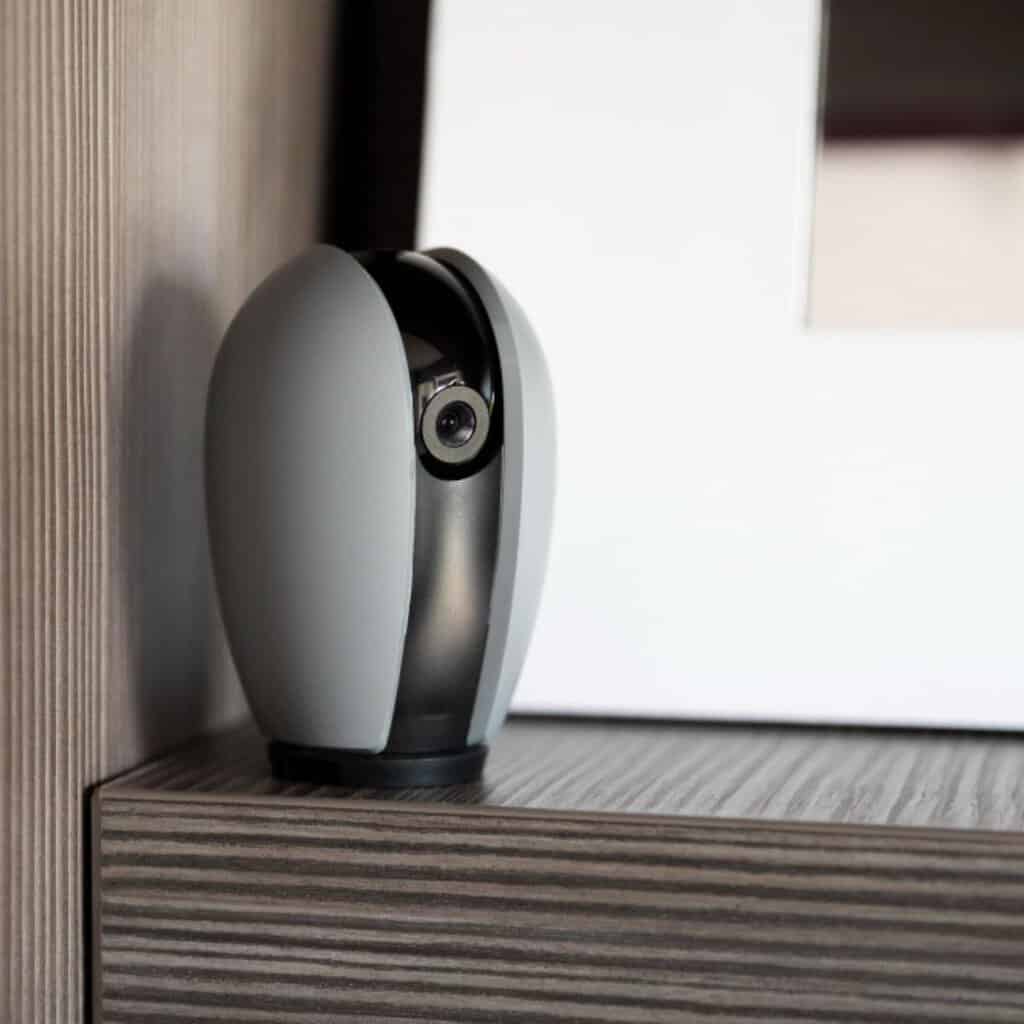Living in an unpredictable world makes home safety a top priority; it is no longer optional. But how can you go beyond standard locks and alarm systems to enhance it further? One effective strategy known as layered security offers the answer, using multiple measures working together to form a formidable defense system against intruders. In this blog, we’ll take a deep look into how layering security for your home works. We will provide insights into various tactics and technologies and the significance of creating a secure fortress against intruders.
Understanding Layered Security
Layered security is a holistic approach focused on creating an indestructible defense system with multiple layers, much like cake layers. Instead of relying solely on one security method for protection, layered security involves multiple techniques that address potential breaches, increasing difficulty for intruders and improving overall home security.
The Foundation: Physical Barriers
Reinforced Entry Points
Your first line of defense starts at the entry points to your home. Installing solid core or metal doors with deadbolts and strike plates to impede forced entry is key, while for windows installing shatter-resistant glass or window locks that are difficult to manipulate can help build further defense into your home. These physical barriers serve as the cornerstones of defense for your family home.
Fencing and Landscaping
Your fence serves as the first line of defense to your home’s security, so a tall, well-kept fence should deter potential intruders from trying to gain entry. Be mindful when selecting landscaping. Dense shrubs and tall trees could offer cover to would-be burglars, so keep plants trimmed short while considering opting for thorny bushes around windows as less inviting access points.
The Next Layer: Surveillance Systems
Security Cameras
Integrating security cameras can not only deter would-be intruders but also provide recorded evidence should an incident arise. Modern surveillance cameras offer many features like night vision, motion detection and remote smartphone access. Make sure you strategically place the cameras around your property, such as entry points and blind spots, to ensure comprehensive coverage.
Smart Home Technology
Implementing smart home technology can greatly enhance your security measures. Smart locks, doorbells with cameras, and motion sensor lights all can create an alert system for potential threats while providing remote security control options to provide peace of mind, whether at home or away. Locksmiths can assist in the setup and integration process to make sure these systems are functioning as intended.
Use of Animals as Security Measures
Guard Dogs
One of the oldest and most reliable ways of protecting your home is with guard dogs. Breeds like German Shepherds, Rottweilers, and Doberman Pinschers are known for their protective instincts and fierce loyalty towards their family, deterring intruders with both physical presence and barking as alarm signals. Plus, creating a bond with one adds another layer of companionship while simultaneously adding protection.
Other Animal Options: Alarm Birds and Cats
Although guard dogs are most widely recognized for their protective capabilities, other animals can also provide an invaluable contribution to home security. Parrots and certain bird species such as magpies can serve as excellent alarm systems with their keen senses and vocalizations detecting unusual noises or movements. Their ability to alert homeowners quickly when something unusual occurs is truly invaluable. Cats also make great additions as deterrents. Their natural agility and hunting instincts help protect while providing fun companionship, providing another layer of defense while providing both playfulness and companionship.
The Psychological Factor: Neighborhood Awareness
Building Community Connections
Engaging with neighbors to form an effective security network can be immensely rewarding. From organizing a neighborhood watch or simply starting communication between homes to sharing information about suspicious activities and keeping an eye out on each other’s homes. Building community connections fosters vigilance while potentially deterring criminal activity through shared accountability.
Visibility and Lighting
Another important step towards home security is keeping your property well-lit during the night. Motion-activated lights can help illuminate pathways and entry points when movement is detected, increasing visibility while discouraging any unwanted guests who prefer darkness as cover. Maintaining visibility both inside and outside the home creates a sense of watchfulness, which may prevent incidents before they even take place.
The Digital Layer: Cybersecurity Measures
Secure Your Smart Devices
Securing your smart devices is vital to safeguarding both your home and personal information. Start by changing default passwords with strong, unique ones tailored for each device. Update software and firmware regularly to patch security holes. Enable two-factor authentication where available. Protect your Wi-Fi network using encryption and hiding its SSID, so only authorized users can connect. Segmenting networks by placing smart devices onto separate ones to limit potential entry points. Taking these proactive measures can significantly decrease cyber threats against your smart home.
Alarm Systems
While more traditional, alarm systems remain an integral component of home security. Acting as the final line of defense when other layers have been breached, be sure your alarm is constantly monitored. Choose an integrated solution which syncs up seamlessly with smart devices to provide alerts directly on your phone.
Regular Maintenance and Training
Routine Checks and Updates
Maintaining security requires ongoing care. For optimal protection, it’s crucial to conduct routine assessments of all protective measures, such as doors, cameras, alarms and other devices. Make sure each element of protection is working effectively while staying ahead of emerging security trends by updating your technology as necessary. By regularly reviewing and improving security systems in your home, you will identify vulnerabilities which could result in safety being breached, thereby maintaining an ideal secure home environment for everyone.
Educate Your Family
It is crucial that every household member understands the existing security measures. Regular discussions about emergency protocols, such as actions to take in case of a suspected break-in, are important in creating effective home security, with all family members actively taking part in securing their own space. By cultivating an atmosphere of vigilance and preparedness among family members, together, you can form an unbreakable wall against threats threatening safety within your own household and further improve overall wellbeing and peace.
Conclusion
Layering security around your home is like creating a safety net against all possible threats. You’re creating a resilient fortress for you and your loved ones that reinforces each layer and ensures they feel protected. Each layer should work to reinforce one another, further reinforcing home safety. In a world full of uncertainty, layering security will give peace of mind, knowing every measure has been taken to safeguard it as an oasis, as each layer reinforces another, strengthening home protection measures while simultaneously building lifestyle security awareness for both yourself and others within communities, creating peace within them all.


